The Mercedes S 500e Plug-In Hybrid is a fantastic blend of luxury and efficiency. This guide helps you understand its core features, charging, maintenance, and how to get the most out of your electrifying S-Class experience.
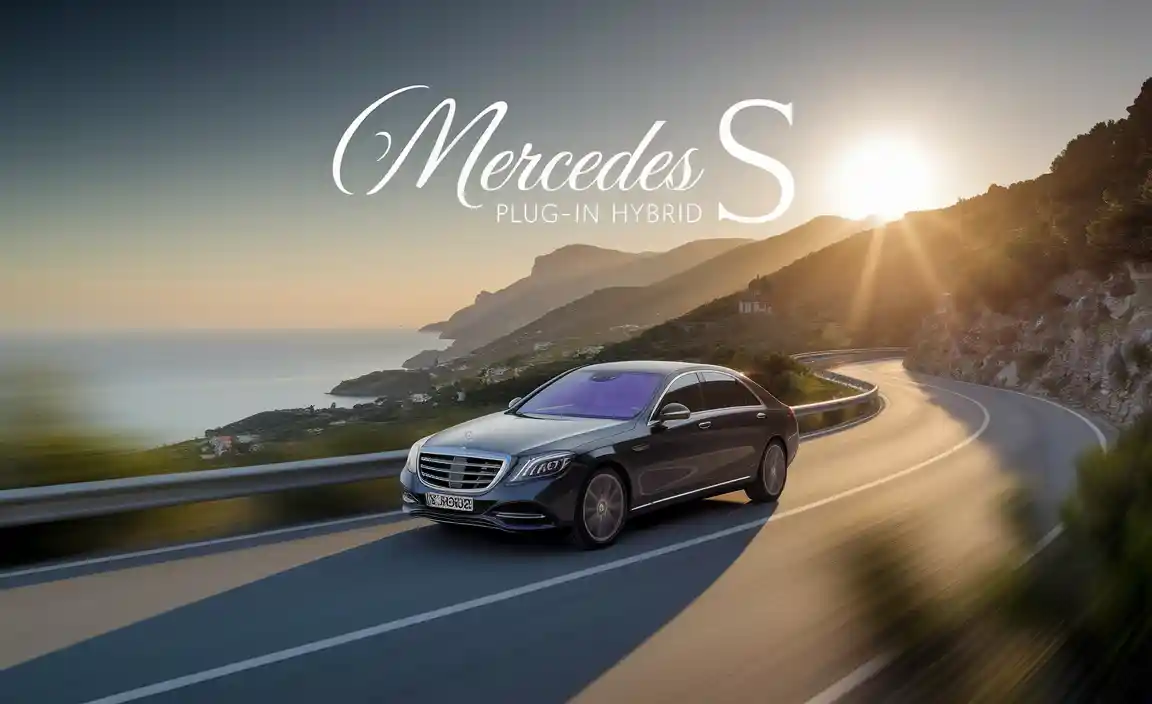
Welcome to the world of the Mercedes-Benz S 500e Plug-In Hybrid! If you’re new to this sophisticated machine, you’re in for a treat. It combines the legendary comfort and performance of the S-Class with the environmental and economic benefits of electric power. It might seem a bit complex at first with its hybrid technology, but understanding it is simpler than you think. This guide is designed to break down everything you need to know, from how it works to keeping it in top shape, so you can drive with confidence and enjoy every mile.
Understanding Your Mercedes S 500e Plug-In Hybrid
The S 500e is more than just a car; it’s a statement about innovation and luxury. At its heart, it’s a powerful sedan that can also run on electricity alone for a significant range. This means you can enjoy zero-emission driving for your daily commutes and still have the full power of a gasoline engine for longer journeys. It’s the best of both worlds, seamlessly integrated for your driving pleasure and peace of mind.
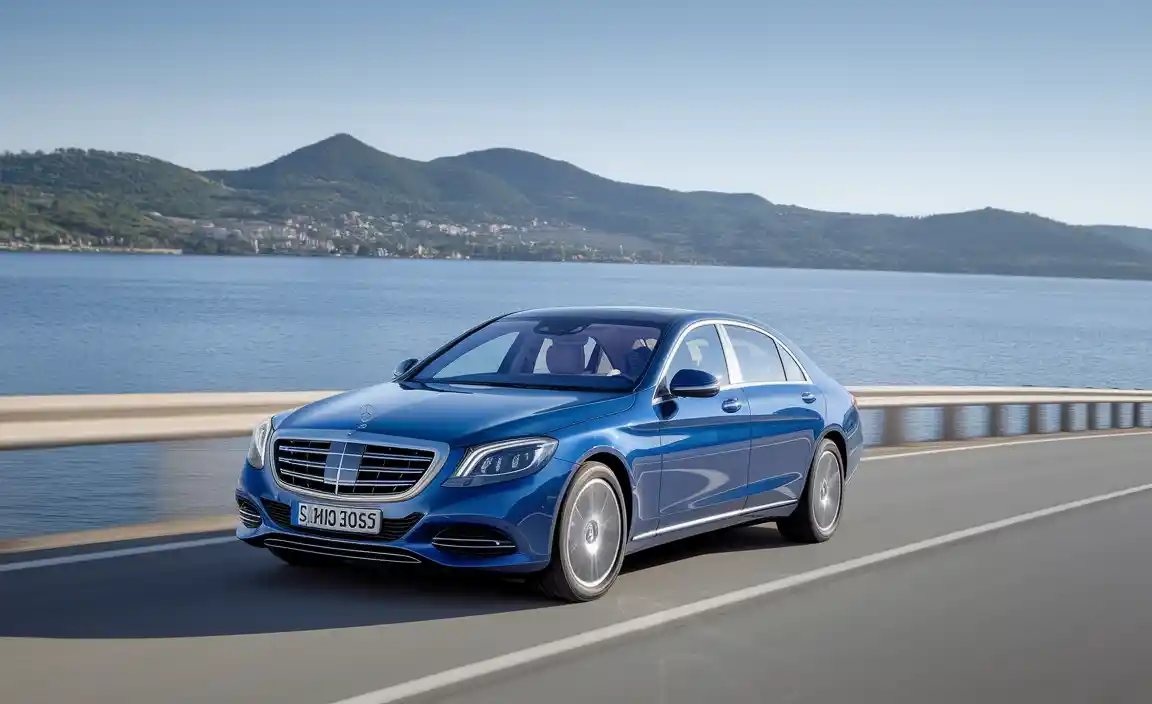
The Synergy of Electric and Gasoline Power
Your S 500e features a sophisticated powertrain that intelligently switches between its electric motor and its gasoline engine, or uses them in tandem. This system is designed to optimize efficiency and performance based on your driving style and conditions. The electric motor provides instant torque for smooth acceleration, while the V6 gasoline engine offers robust power for highway cruising and spirited driving. The goal is to minimize fuel consumption and emissions while maximizing your driving experience.
Key Components of the Plug-In Hybrid System
- Electric Motor: Provides propulsion using stored battery power.
- High-Voltage Battery: Stores electrical energy for the electric motor. It’s typically located under the floor to maintain a low center of gravity and preserve cabin space.
- Internal Combustion Engine (ICE): A powerful gasoline engine that works alongside the electric motor or independently.
- Power Electronics and Control Unit: This is the ‘brain’ that manages the flow of energy between the battery, electric motor, and engine, deciding which power source to use and when.
- Charging Port: Where you connect the vehicle to an external power source to recharge the battery.
Driving Modes Explained
Your S 500e likely offers several driving modes to tailor the hybrid experience. Understanding these modes is crucial for maximizing your efficiency and enjoyment:
- Hybrid Mode: The default setting. The car’s computer intelligently blends electric and gasoline power for optimal efficiency.
- E-Mode: Operates purely on electric power. Ideal for urban driving or when you want a silent, zero-emission experience. The range in this mode depends on battery charge.
- E-Save Mode: Prioritizes conserving battery charge for later use, often by relying more on the gasoline engine. This is useful if you know you’ll want to drive in E-Mode later, perhaps in a city center with emissions restrictions.
- Charge Mode: Uses the gasoline engine to actively replenish the battery charge. This mode is less about efficiency and more about ensuring you have a certain level of battery charge available for later.
Charging Your Mercedes S 500e Plug-In Hybrid
One of the defining features of a plug-in hybrid is its ability to be charged from an external power source. This is how you unlock the full benefits of electric driving. Charging is straightforward and can be done in a few ways.
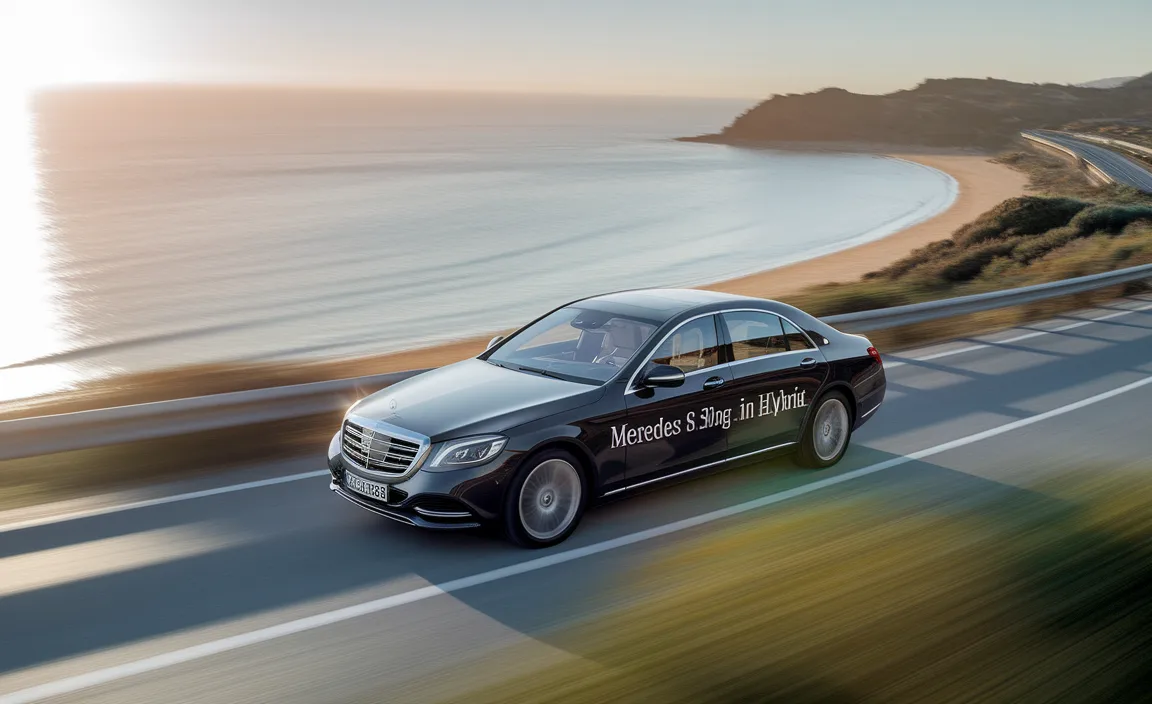
Home Charging: The Most Convenient Option
For most S 500e owners, charging at home overnight is the most convenient and cost-effective method. You’ll typically need a dedicated charging station, often referred to as a Wallbox, installed by a qualified electrician. This provides a faster and safer charging experience than a standard domestic outlet.
Steps for Home Charging:
- Ensure your charging station is properly installed and connected. For guidance on safe electrical installations, always consult resources like the National Fire Protection Association (NFPA), which provides codes and standards for electrical safety.
- Plug the charging cable into your vehicle’s charging port.
- Plug the other end into your charging station.
- The vehicle will begin charging automatically. You can monitor the charging status via the car’s dashboard display or the Mercedes-Benz mobile app.
- Unplug the cable once charging is complete or when you need to use the vehicle.
Public Charging Stations
You’ll find public charging stations in various locations, such as shopping centers, parking garages, and dedicated charging hubs. These often use different connectors and charging speeds depending on the network and charger type.
Using Public Chargers:
- Locate a compatible charging station using your car’s navigation system or a dedicated app (like ChargePoint, Electrify America, etc.).
- Follow the on-screen instructions at the charging station. This typically involves authenticating your account, often via a mobile app or RFID card.
- Connect the charging cable to your S 500e.
- Charging will commence. Remember that charging speeds can vary significantly, so check the charger’s specifications.
- Disconnect the cable and end your session as prompted when charging is complete.
Charging Times and Speeds
Charging times depend on the battery’s state of discharge, the charger’s power output (kW), and the vehicle’s charging capabilities. A typical home charger (e.g., 7kW) will fully recharge the S 500e’s battery overnight. Public Level 2 chargers offer similar speeds, while DC fast chargers (Level 3), if compatible, can charge the battery much faster, though their availability for plug-in hybrids can be limited compared to full EVs.
Here’s a general idea of charging times. These are approximate and can vary:
| Charging Source | Typical Power Output (kW) | Approximate Charging Time (0-100%) |
|---|---|---|
| Standard Home Outlet (120V) | ~1.4 – 2.4 kW | 24+ hours |
| Home/Public Level 2 Charger (240V) | ~7 – 11 kW | 2.5 – 5 hours |
| DC Fast Charging (if supported) | 50+ kW | Much faster (e.g., 30-60 minutes for a significant charge) – Note: Compatibility for PHEVs varies. |
Essential Maintenance for Your S 500e
While the hybrid system adds complexity, many of the fundamental maintenance needs of your S 500e are similar to any luxury vehicle. However, there are specific items to pay attention to.
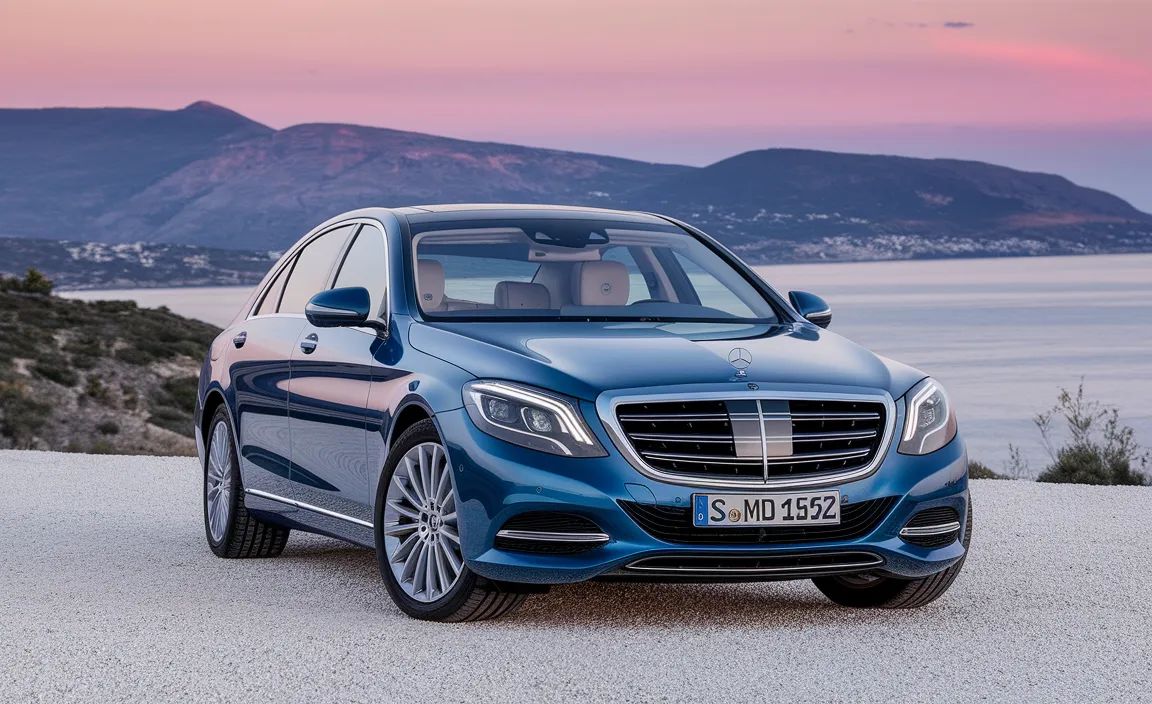
Regular Service Intervals
Always follow the manufacturer’s recommended service schedule, typically outlined in your owner’s manual. Mercedes-Benz vehicles are known for their advanced engineering, and adhering to these schedules is key to maintaining performance and longevity. Intervals are often based on mileage or time, whichever comes first.
Hybrid-Specific Checks
During scheduled maintenance, your dealership or a qualified Mercedes-Benz specialist will perform checks specific to the hybrid system:
- Battery Health Check: Technicians will assess the performance and health of the high-voltage battery.
- Charging System Inspection: This includes checking the charging port, cables, and control modules for any signs of wear or malfunction.
- Cooling System: The hybrid components, including the battery and electric motor, have dedicated cooling systems that need to be monitored.
- Software Updates: The complex control units managing the hybrid powertrain often receive software updates to improve performance, efficiency, and diagnostics.
Fluids and Filters
Don’t forget the standard maintenance items:
- Engine Oil and Filter: Even with electric driving, the gasoline engine needs regular oil changes.
- Coolant: Ensure the engine coolant is at the correct level and condition.
- Brake Fluid: Regular checks and replacements are vital for safety.
- Air Filter: A clean air filter ensures the gasoline engine runs efficiently.
- Cabin Air Filter: Replaces for fresh air inside the cabin.
Tires and Brakes
Hybrid vehicles can be heavier due to the battery pack, which can sometimes lead to increased tire wear. Regular tire pressure checks and rotations are important. The regenerative braking system in hybrids also means the traditional friction brakes are used less frequently, which can sometimes lead to issues like rust build-up if not maintained. Ensure your brakes are inspected according to the service schedule.
Tips for Maximizing Efficiency and Range
Getting the most out of your S 500e involves smart driving habits and understanding how to use its features effectively.
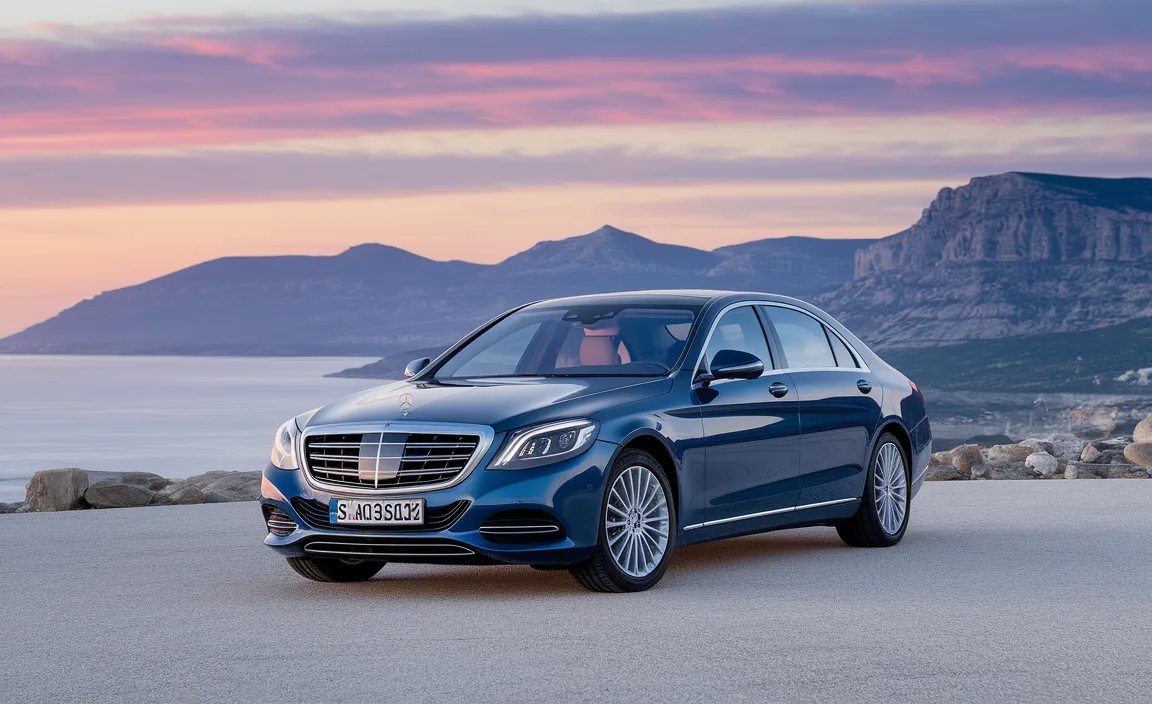
- Drive Smoothly: Abrupt acceleration and hard braking consume more energy. Gentle inputs allow the hybrid system to work most efficiently.
- Utilize E-Mode: For shorter trips or city driving, stick to E-Mode whenever possible to save fuel and reduce emissions.
- Plan Your Route: Use the navigation system to avoid traffic congestion, which reduces fuel consumption. Many systems can also prioritize routes that optimize hybrid usage.
- Pre-condition the Cabin: Use the climate control timer or your mobile app to heat or cool the cabin while the car is still plugged in. This uses external power instead of draining the battery.
- Understand Regenerative Braking: When you lift your foot off the accelerator or brake lightly, the electric motor acts as a generator, capturing energy that would otherwise be lost as heat and sending it back to the battery. Learn to anticipate stops to maximize this effect.
- Keep Tires Properly Inflated: Underinflated tires increase rolling resistance, decreasing both fuel economy and electric range. Check pressures regularly.
Understanding Regenerative Braking
Regenerative braking is a key feature of hybrid and electric vehicles. Instead of relying solely on friction brakes to slow down, the electric motor reverses its function. As your wheels turn the motor, it generates electricity, which is then stored in the battery. This not only helps recharge the battery but also reduces wear on your conventional brake pads. You can often adjust the level of regeneration through the car’s settings or by using specific drive modes.
Troubleshooting Common Issues (Beginner Level)
While the S 500e is a reliable vehicle, like any complex machine, you might encounter minor issues. Here are a few beginner-friendly troubleshooting tips.
My Car Won’t Start in Electric Mode
- Check Battery Charge: Ensure the high-voltage battery has sufficient charge. If it’s depleted, the car may default to using the gasoline engine or require charging.
- Check Drive Mode: Make sure you are not in a mode that forces engine use (like E-Save with a low battery). Select E-Mode or Hybrid mode.
- Door/Hood/Trunk Open: Most modern cars have safety interlocks. Ensure all doors, the hood, and the trunk are securely closed.
Charging Issues
- Belonging to the Right Network: Ensure your charging cable and connector are compatible with the charging station you are using. Check the station’s signage.
- Authentication Problems: If using a public charger that requires an app or card, make sure your account is active and you’re following the correct authentication steps.
- Faulty Cable or Connection: Inspect the charging cable for any visible damage. Ensure it’s firmly plugged into both the car and the charger.
- Home Electrical Issues: If charging at home and it suddenly stops working, check your home’s circuit breaker for the charging station.
Unexpected Warning Lights
Many warning lights are self-explanatory, but if a hybrid system warning light appears on your dashboard, the best course of action is often to consult your owner’s manual. It will provide specific information about the light and recommend immediate steps. For critical warnings, it’s always safest to pull over safely and contact Mercedes-Benz Roadside Assistance or your dealership.
Frequently Asked Questions (FAQs)
Q1: How far can the Mercedes S 500e travel on electric power alone?
The electric-only range for the S 500e varies by model year and battery capacity, but generally, you can expect to cover around 15-30 miles on a full charge in E-Mode. This is ample for most daily commutes.
Q2: Do I need a special charger for my S 500e?
While you can charge from a standard household outlet (slowly), a dedicated Level 2 charging station installed at your home is highly recommended. It significantly reduces charging times to a few hours, making it much more practical.
Q3: Can I still use the gasoline engine if the battery is empty?
Yes, absolutely. The S 500e is designed to function as a conventional hybrid even when the battery charge is depleted. The gasoline engine will power the car and can also recharge the battery to a certain extent.
Q4: Is hybrid car maintenance more expensive?
Generally, hybrid maintenance costs are comparable to or sometimes even lower than traditional gasoline cars. While there are specific hybrid components, they reduce the wear on traditional parts like brake pads and the engine benefits from less overall use.
Q5: What happens to the high-voltage battery after several years?
High-voltage batteries are designed for durability. Mercedes-Benz typically provides a long warranty on these batteries (often 8 years or 100,000 miles, check your specific warranty terms). After their primary lifespan, they can often be refurbished or recycled responsibly.
Q6: How does the S 500e handle in cold weather?
Like all vehicles, cold weather can affect battery performance and range. The S 500e has systems to manage this, but anticipate a slight reduction in electric range during very cold temperatures. Pre-conditioning while plugged in helps mitigate this effect.
Conclusion
The Mercedes-Benz S 500e Plug-In Hybrid offers a sophisticated and enjoyable driving experience, blending the best of electric efficiency with traditional luxury performance. By understanding its charging options, regular maintenance needs, and driving modes, you can ensure your S 500e remains a reliable and economical companion for years to come. Don’t hesitate to explore its capabilities, from silent electric cruises to powerful combined performance. With a little attention to its unique hybrid nature and following standard luxury car care, you’ll continue to savor the advanced engineering and comfort that only an S-Class can provide.